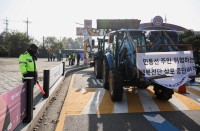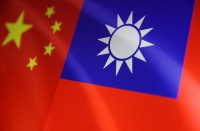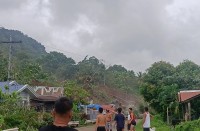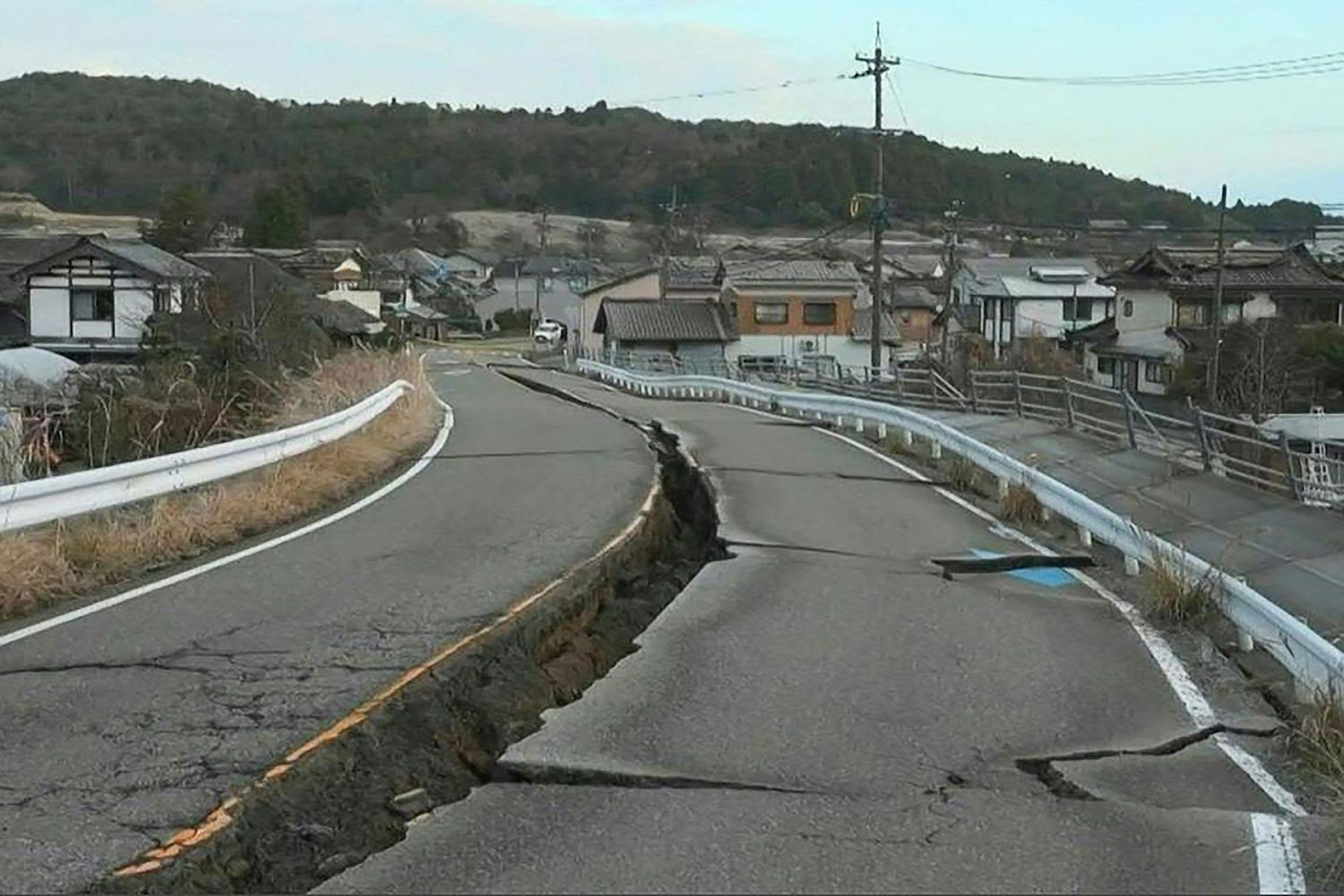
By Tomohiro OSAKI
KANAZAWA, Japan, Jan 2, 2024 (AFP) – Japanese rescuers battled against the clock and powerful aftershocks Tuesday to find survivors of a major earthquake that struck on New Year’s Day, killing at least six people and leaving a trail of destruction.
The 7.5-magnitude quake, which hit Ishikawa prefecture on the main island of Honshu, triggered tsunami waves over a metre high, toppled buildings, caused a major port fire and tore apart roads.
As daylight arrived, the scale of the destruction in Ishikawa emerged with buildings still smouldering, houses flattened and fishing boats sunk or washed ashore.
“Very extensive damage has been confirmed, including numerous casualties, building collapses and fires,” Prime Minister Fumio Kishida said after a disaster response meeting.
“We have to race against time to search for and rescue victims of the disaster.”
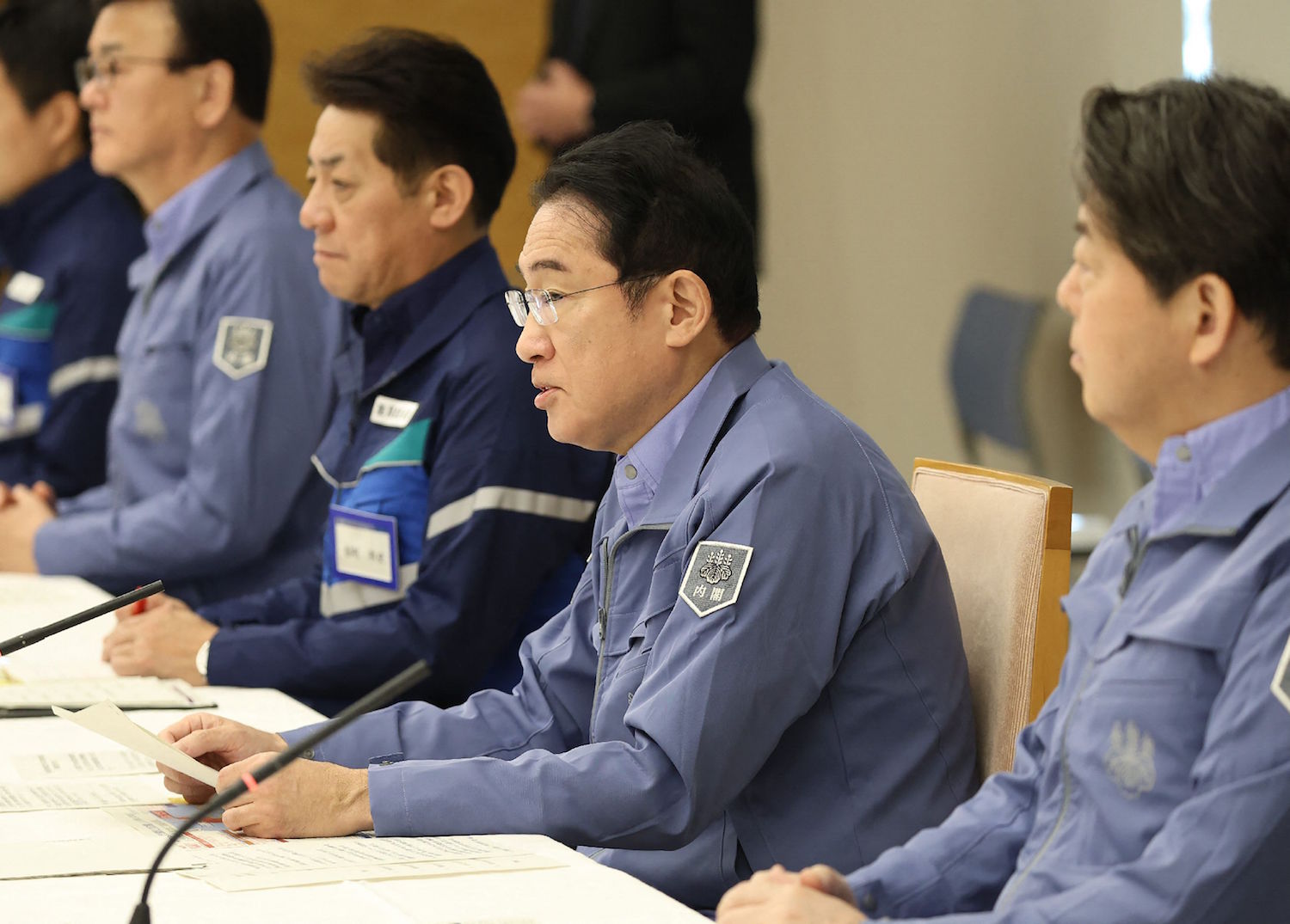
Police said six people had been killed although the toll was almost certain to climb. The Kyodo news agency reported that 13 people had died, including seven in the badly hit port of Wajima.
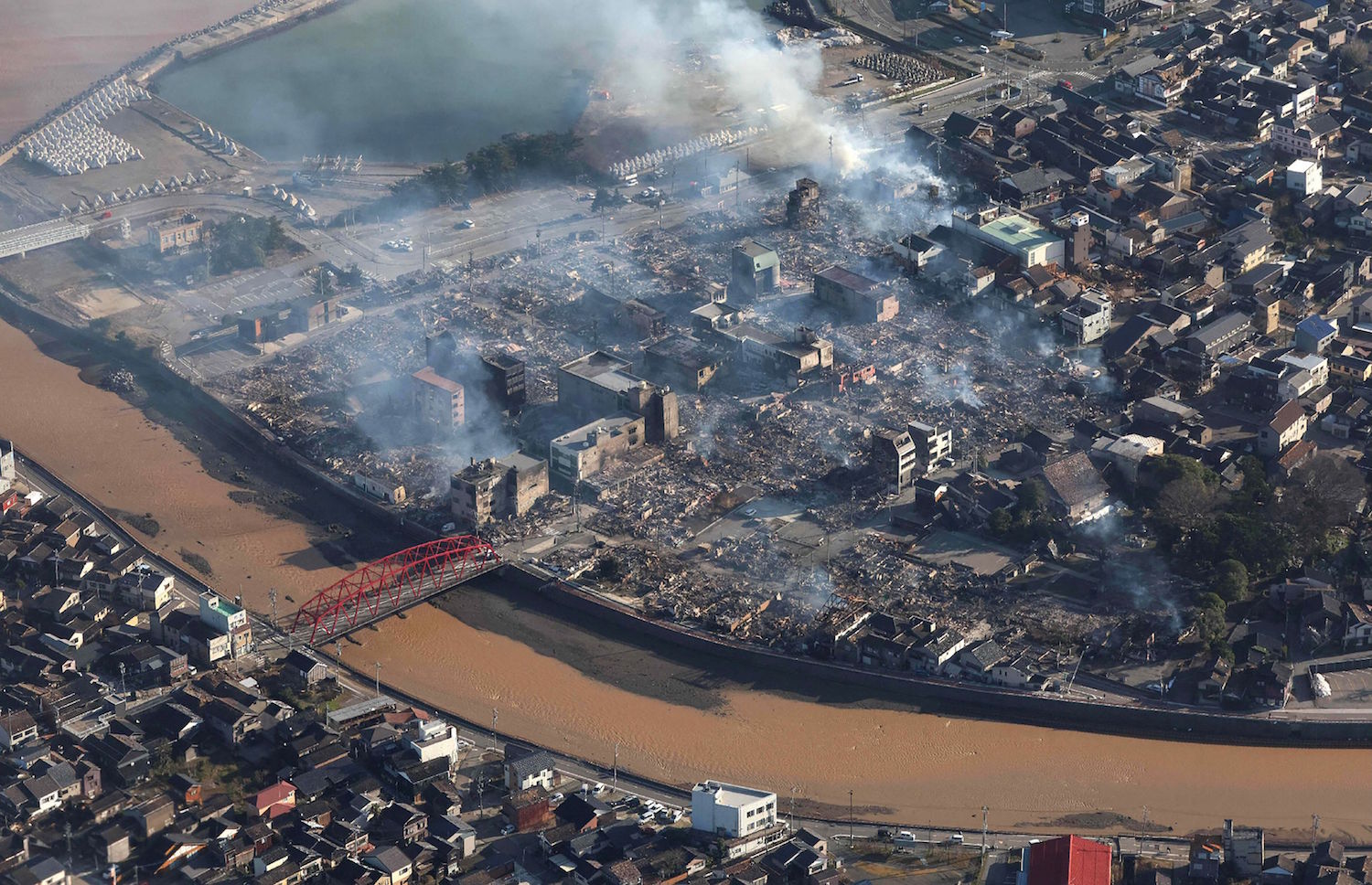
Aerial news footage showed devastation from a major fire at the port, where a seven-storey building collapsed.
Almost 45,000 households were without power in the region which saw temperatures touch freezing overnight, the local energy provider said. Many cities were without running water.
The US Geological Survey (USGS) said the quake had a magnitude of 7.5. Japan’s meteorological agency measured it at 7.6, and said it was one of more than 150 to shake the region through Tuesday morning.
Several strong jolts were felt early Tuesday, including one measuring 5.6 percent that prompted national broadcaster NHK to switch to a special programme.
“Please take deep breaths,” the presenter said, reminding viewers to check for fires in their kitchens.
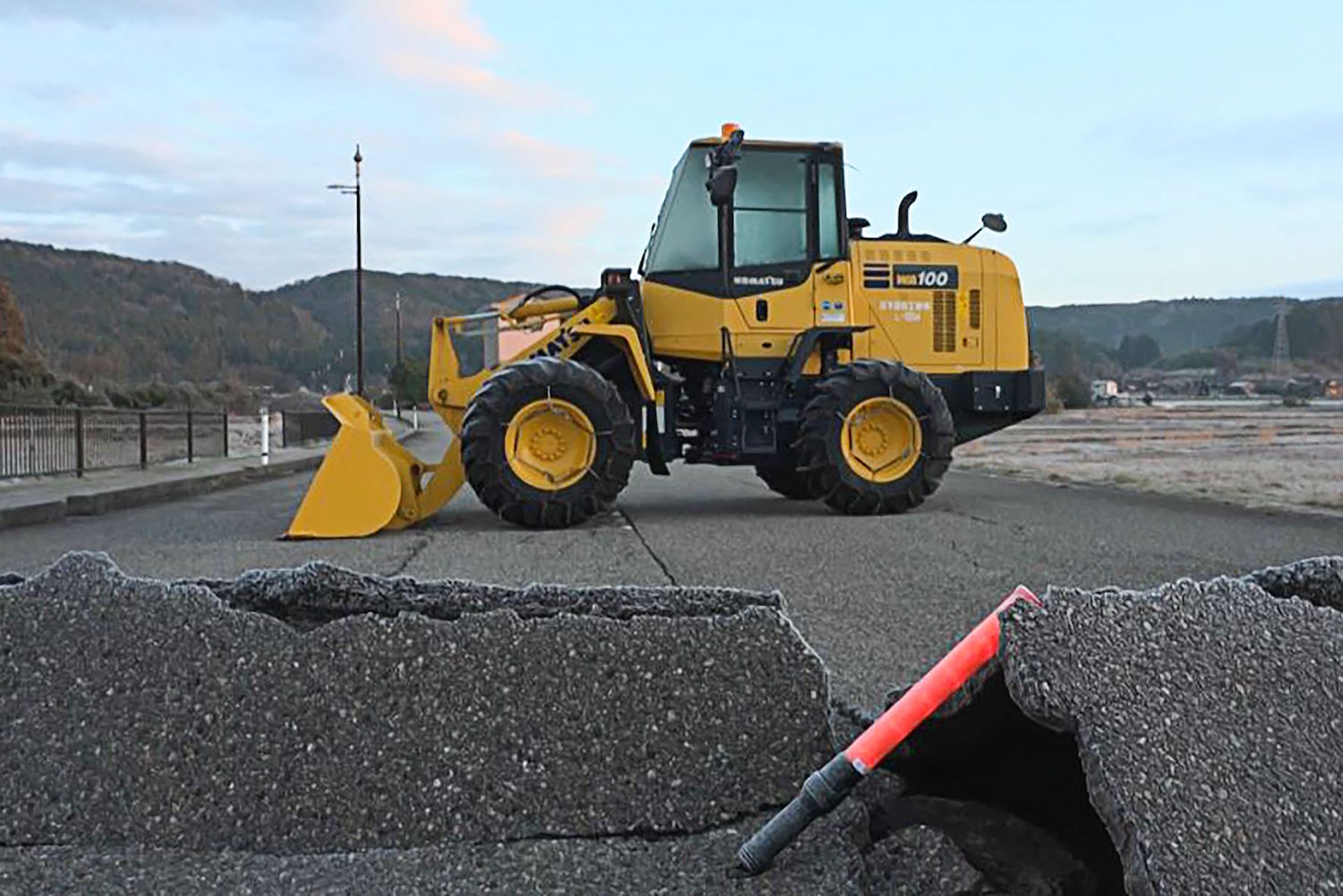
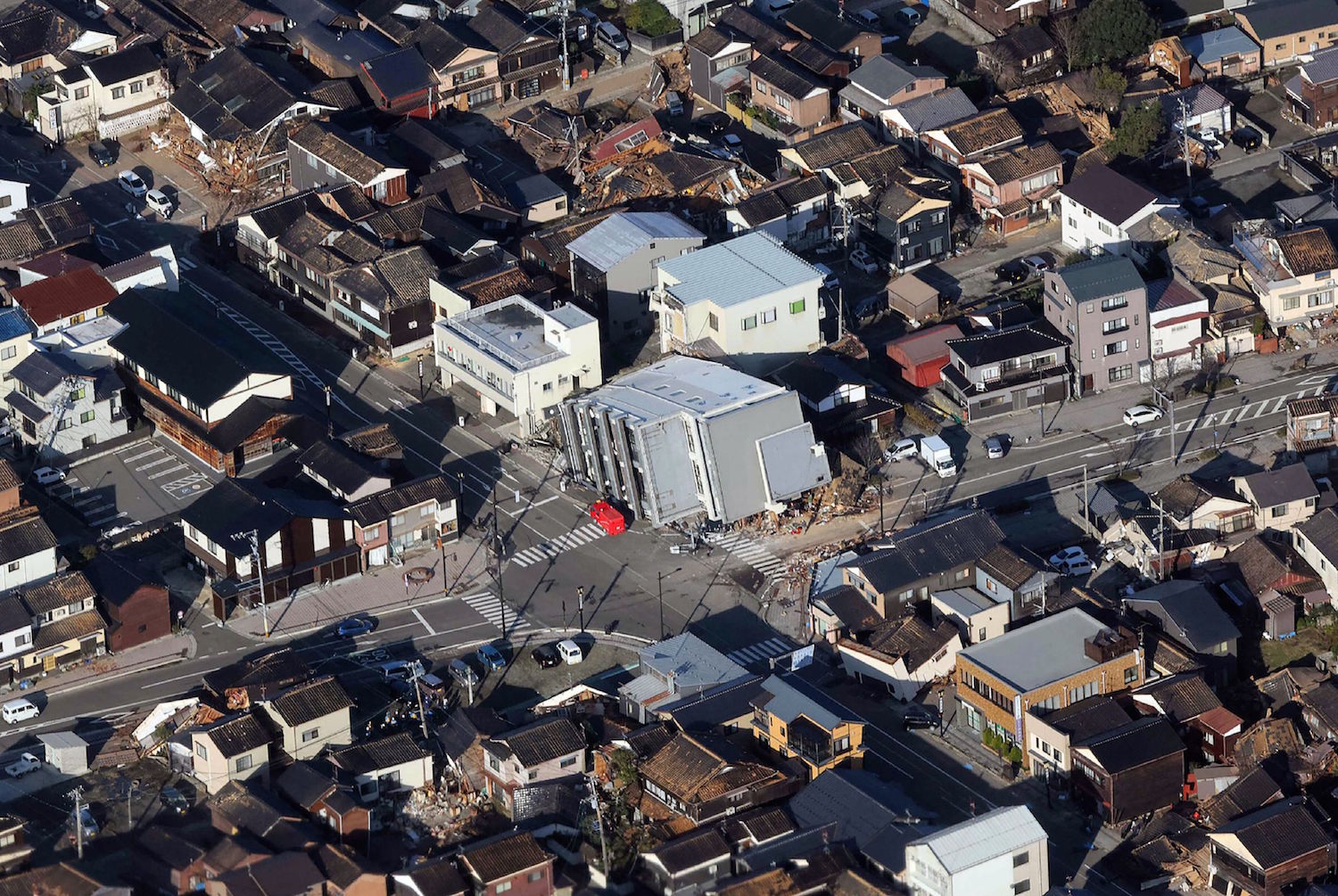
– Tsunami warning lifted –
On Monday waves at least 1.2 metres (four feet) high hit Wajima, and a series of smaller tsunamis were reported elsewhere.
But warnings of much larger waves proved unfounded and on Tuesday Japan lifted all tsunami warnings.
Images on social media showed cars and houses in Ishikawa shaking violently and terrified people cowering in shops and train stations. Houses collapsed and huge cracks appeared in roads.
A team of firefighters crawled under a collapsed, large commercial building in Wajima, television footage showed.
“Hang in there! Hang in there,” they shouted as they battled through piles of wooden beams with an electric saw.
“There were shaking that I have never experienced before, a local elderly man told NHK.
“Inside my house, it was so terrible… I am still alive. Maybe I have to be content with that.”
The fire in Wajima engulfed a row of houses, video footage showed, with people being evacuated in the dark, some with blankets and others carrying babies.
A duty officer at Wajima Fire Department said they still were being overwhelmed Tuesday by rescue requests and reports of damages.
A total of 62,000 people had been ordered to evacuate, according to the fire and disaster management agency.
About 1,000 people were staying at a military base, the defence ministry said.
– Bullet trains suspended –
Defense Minister Minoru Kihara said 1,000 military personnel were preparing to go to the region, while 8,500 others were on standby. Around 20 military aircraft were dispatched to survey the damage.
Monday’s quake shook apartments in the capital Tokyo some 300 kilometres away, where a public New Year greeting event that was to be attended by Emperor Naruhito and his family members was cancelled.
Several major highways were closed around the epicentre, Japan’s road operator said, and bullet train services from Tokyo were also suspended.
Japan experiences hundreds of earthquakes every year and the vast majority cause no damage.
The country has strict regulations intended to ensure buildings can withstand strong quakes and routinely holds emergency drills.
But the country is haunted by the memory of a massive 9.0-magnitude undersea quake off northeastern Japan in March 2011, which triggered a tsunami that left around 18,500 people dead or missing.
The 2011 tsunami also sent three reactors into meltdown at the Fukushima nuclear plant, causing Japan’s worst post-war disaster and the most serious nuclear accident since Chernobyl.
Japan’s nuclear authority said there were no abnormalities reported at the Shika atomic power plant in Ishikawa or at other plants after Monday’s quake.
In Washington, US President Joe Biden was briefed on Monday’s quake and offered Japan “any necessary assistance” to cope with the aftermath.
French President Emmanuel Macron expressed “solidarity” while Italian Prime Minister Giorgia Meloni offered condolences and assistance.

